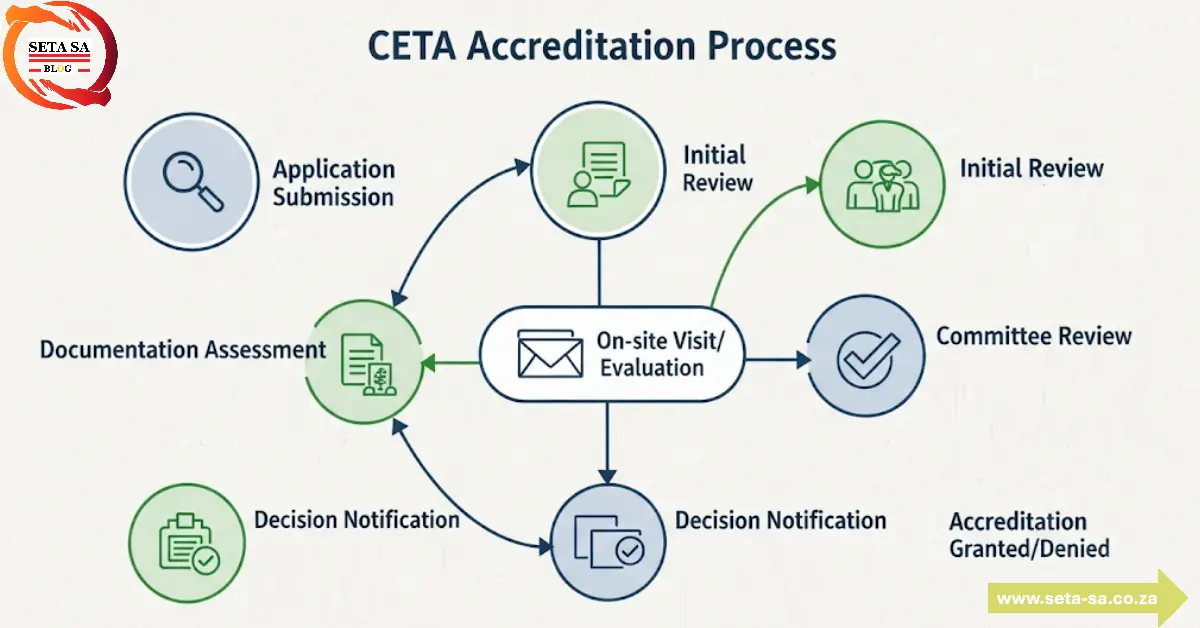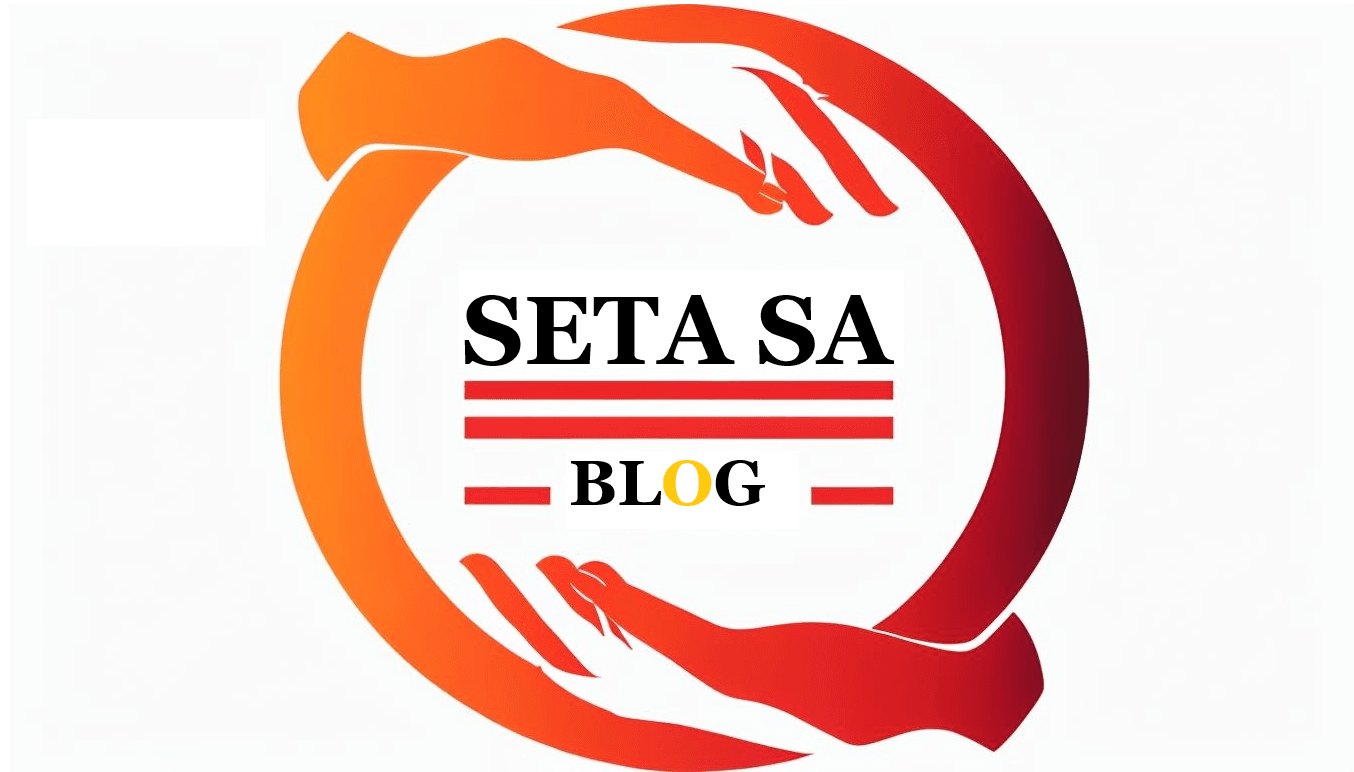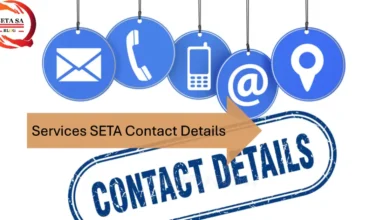
Getting accredited through the Comprehensive Economic and Trade Agreement (CETA) might sound complex, but it’s a crucial step for businesses and professionals looking to expand into Canadian markets seamlessly. Whether you’re a manufacturer, service provider, or certification body, understanding the process can make your journey smoother and more efficient. So, let’s break down the CETA accreditation process step by step, making it as straightforward as possible.
What is CETA Accreditation?
CETA accreditation refers to the recognition granted to organizations that meet the specific standards and requirements outlined in the trade agreement between Canada and the European Union. It ensures that products, services, or certification bodies are recognized across both regions, facilitating easier trade and mutual trust.
Why Is CETA Accreditation Important?
Imagine trying to cross a border without a passport—frustrating, right? CETA accreditation acts like that passport for your business or certification body, allowing smoother access to Canadian markets or validation of your credentials in Europe. It reduces trade barriers, boosts credibility, and accelerates export processes, ultimately saving you time and money.
Step-by-Step Guide to the CETA Accreditation Process
Step 1: Understand the Eligibility Criteria
Before diving into the process, ensure your organization meets the eligibility standards set by CETA. This includes compliance with relevant standards, possessing appropriate certifications, and demonstrating the ability to maintain quality and safety standards consistently. For instance, if you’re a certification body, you need to be recognized by a national accreditation body like the South African National Accreditation System (SANAS). Check out SANAS’s website (https://www.sanas.co.za) for more info on accreditation standards.
Step 2: Prepare Necessary Documentation
Gather all required documents such as your organization’s registration details, proof of existing certifications, quality management system documents, and evidence of compliance with standards. The more thorough and organized your documentation, the smoother the review process will be.
Step 3: Submit Application to the Relevant Authority
Submit your application through the designated authority responsible for CETA accreditation in your country. This might be a national accreditation body or a designated trade authority. In South Africa, for example, SANAS is often involved in accreditation procedures. Ensure your application is complete and accurate to avoid delays.
Step 4: Undergo Evaluation and Audit
After submission, your organization will undergo a rigorous evaluation, which may include document review, on-site audits, and assessments of your operational procedures. Think of this as a thorough health check—your organization needs to prove it’s healthy and ready for international trade.
Step 5: Address Any Non-Conformities
If auditors identify issues or non-conformities, you’ll need to address these promptly. This might involve updating procedures, enhancing documentation, or implementing corrective actions. Don’t worry—this is normal, and most organizations successfully resolve these issues with proactive effort.
Step 6: Certification and Recognition
Once you pass the evaluation, you’ll receive your CETA accreditation or recognition certificate. This official document is your ticket to easier trade and collaboration with Canadian partners or European markets.
Tips for a Successful CETA Accreditation Journey
- Stay organized—keep all documents up-to-date and easily accessible.
- Understand the standards thoroughly—know what is expected before starting the process.
- Communicate proactively with the accreditation body—don’t hesitate to ask questions.
- Prepare for audits—conduct internal reviews to identify potential issues beforehand.
- Leverage local expertise—consult with local accreditation experts or trade associations, like the South African Department of Trade, Industry and Competition (https://www.thedti.gov.za).
Additional Resources and Support
Understanding international standards and accreditation procedures can be daunting. Luckily, many organizations and government bodies offer support. For example, the South African National Accreditation System (SANAS) provides guidance on accreditation processes (https://www.sanas.co.za), and the South African Trade and Industry Department supports exporters in navigating international markets.
Embarking on the CETA accreditation journey might seem intimidating at first, but breaking it down into manageable steps makes it achievable. Remember, accreditation isn’t just about compliance; it’s about opening doors to new markets, building trust, and boosting your business’s credibility on the international stage. With the right preparation, understanding, and support, you’ll be well on your way to leveraging the benefits of CETA for your growth and success.
FAQs About CETA Accreditation
- How long does the CETA accreditation process typically take?
It varies depending on your organization’s readiness and complexity, but generally, it can take anywhere from 3 to 6 months. - Is CETA accreditation mandatory for doing business with Canada?
While not always mandatory, accreditation significantly simplifies trade and compliance, making it highly advantageous. - Can small businesses apply for CETA accreditation?
Absolutely! CETA aims to facilitate trade for all sizes of organizations, provided they meet the standards. - What are common reasons for accreditation delays?
Incomplete documentation, non-conformities found during audits, or misunderstandings of standards can cause delays. - Where can I find more information about CETA accreditation?
Official resources include the European Commission’s Trade website and your national accreditation body’s portal, such as SANAS or the South African Department of Trade, Industry and Competition.





